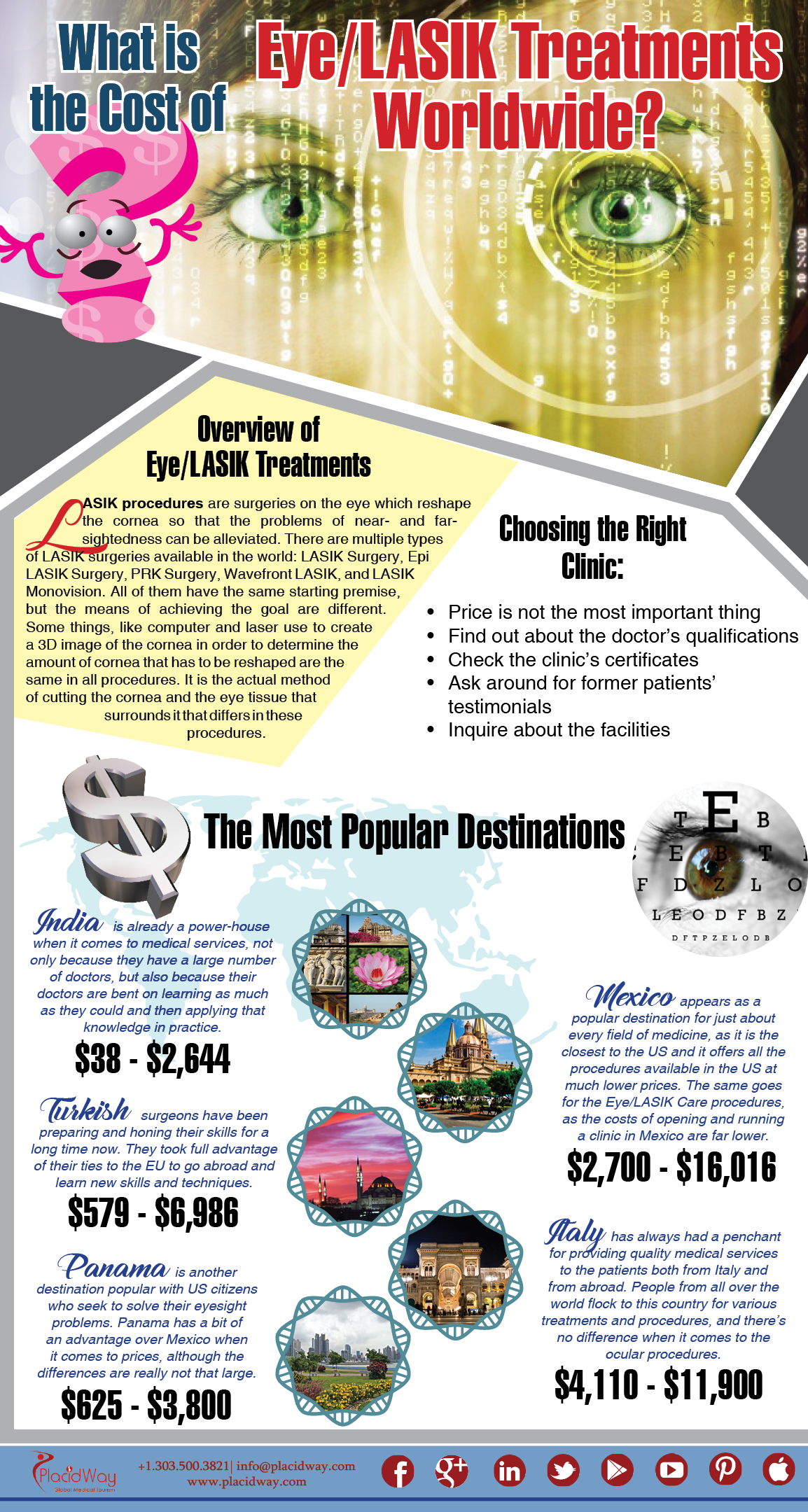This Article Will Clarify The Refractive Lens Exchange

Created by-Grace Buckley
Refractive Lens Exchange (RLE) is a procedure to remove the all-natural lens of the eye as well as change it with a man-made implant. It supplies clear vision for individuals with refractive errors like nearsightedness and farsightedness, presbyopia, and cataracts.
It can help reduce or eliminate your requirement for glasses as well as calls. It may also minimize your risk of establishing cataracts in the future due to the fact that the artificial lens does not consistently age and also change like the natural lens.
1. Enhanced Vision
Refractive Lens Exchange is a popular choice to laser vision correction. It is specifically beneficial for patients that are too farsighted or too nearsighted to be a candidate for LASIK.
RLE likewise aids to remove the risk of cataracts later in life. This is because the man-made lenses dental implanted in refractive lens exchange do not age like a natural lens, so cataracts are less most likely to create.
Refractive lens exchange can fix a variety of refractive errors, consisting of presbyopia, hyperopia and myopia. It is most useful for clients over the age of 40 that are looking for a means to decrease or entirely remove their dependence on glasses as well as contacts.
2. Less Dependence on Glasses
Lots of people have difficulty focusing up close without the help of glasses or get in touch with lenses. Fortunately is that modern innovations have provided us options like Refractive Lens Exchange (RLE) to minimize or perhaps eliminate reliance on glasses.
RLE is a procedure that replaces your eye's natural lens with a synthetic one, referred to as an intraocular lens or IOL. It can correct several refractive errors, consisting of nearsightedness, farsightedness, astigmatism and presbyopia.
3. Less Risk of Cataracts
Refractive Lens Exchange (RLE) is an operation that entails the removal of your eye's all-natural lens as well as replacing it with a clear lens dental implant. This can boost vision in both close and far-off things, removing the requirement for glasses or get in touch with lenses.
This surgical procedure is typically suggested for clients with high levels of myopia, hyperopia and astigmatism that can not be fixed with laser vision improvement treatments such as LASIK. It additionally works in treating presbyopia, age-related near vision loss.
RLE is a more invasive surgical treatment than LASIK and PRK, however it is frequently the most effective selection for patients who want to be free from spectacles as well as call lenses. It is typically not covered by insurance, yet you may be able to access a flexible spending account or health and wellness savings account that can aid spend for your RLE.
4. Less Discomfort
Refractive Lens Exchange is a quick, outpatient procedure that takes less than 20 mins per eye. find out this here are numbed with anesthetic declines, and one or two little cuts are made in the cornea where instruments are used to remove your natural crystalline lens.
just click the following internet site (IOL) is tailor-made for you and also is implanted in your eye. It is an irreversible replacement for your natural crystalline lens, and it will not trigger the lasting aesthetic regression of contact lenses.
If you are over age 50 and also have substantial hyperopia or presbyopia, refractive lens exchange can be an effective treatment for your vision concerns. In addition, this treatment may avoid cataracts from creating as well as calling for cataract surgical treatment in the future.
5. Less Recovery Time
Refractive Lens Exchange (RLE) is a surgery that removes your eye's natural lens as well as changes it with a man-made intraocular lens, or IOL. This is a popular treatment for individuals who are not prospects for laser-based vision correction treatments such as LASIK or PRK, or those with presbyopia, an age-related condition that causes the need for reading glasses.
The recuperation duration after RLE is very little, and many patients can return to normal tasks within a week of surgery. However, it is important to stay clear of swimming or high-impact sporting activities up until your physician claims it's secure.

